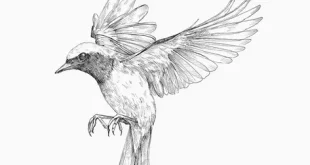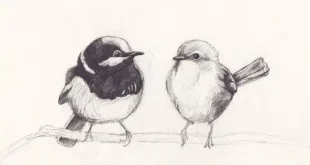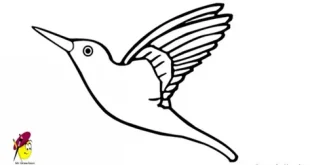Title: What Water Birds Unique in USA’s Wetlands and Coastal Areas
Introduction to Water Birds in the USA
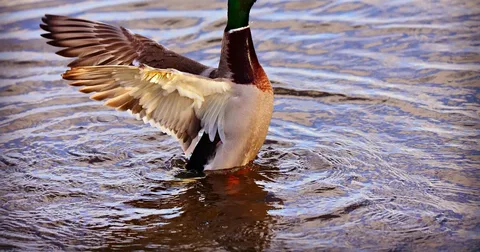
Water birds are among the most captivating species found across the United States, thriving in marshes, lakes, and coastal regions. These avian creatures display remarkable adaptations, allowing them to live and feed in aquatic environments with ease. From graceful herons and elegant swans to the playful ducks that glide across ponds, water birds contribute immensely to the ecological richness of the country. They can be found throughout diverse habitats, ranging from the Great Lakes to the Florida Everglades. Each species brings its charm and role, making American landscapes more vibrant and balanced. Their presence not only adds beauty but also reflects the health of aquatic ecosystems, acting as indicators of environmental quality and sustainability.
Habitats That Nurture Water Birds
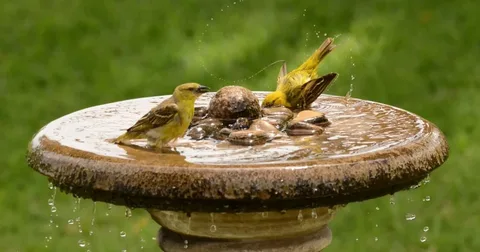
The United States is home to a variety of wetland ecosystems that provide ideal habitats for water birds. These environments include freshwater marshes, saltwater estuaries, rivers, and coastal lagoons. States such as Louisiana, California, and Florida are particularly famous for their diverse water bird populations. The Everglades, for example, serve as breeding grounds for egrets, ibises, and spoonbills. In northern states, lakes and reservoirs become seasonal resting spots during migration. These areas offer ample food resources, including fish, insects, and aquatic vegetation, ensuring survival and reproduction. The protection and restoration of these natural habitats are vital for the conservation of water bird species across the country, as they rely heavily on clean water and undisturbed nesting grounds.
Feeding Habits and Adaptations
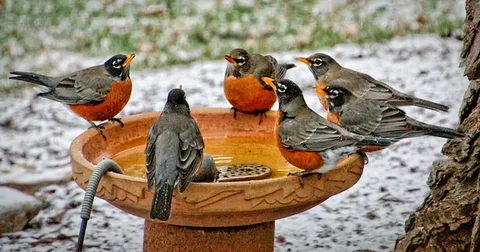
Water birds exhibit fascinating feeding techniques that allow them to thrive in their aquatic surroundings. Long-legged species such as herons and egrets wade into shallow waters, waiting patiently to catch fish or frogs. Ducks and geese use their webbed feet to paddle while dipping their heads below the surface to forage for aquatic plants. Pelicans, known for their large bills, scoop up fish efficiently using their throat pouches. These unique feeding methods demonstrate the evolutionary adaptations that distinguish water birds from other avian groups. Their waterproof feathers, specialized beaks, and strong wings help them maintain balance and movement in both air and water. This remarkable versatility ensures that water birds can survive even as environmental conditions shift across the United States.
Migration and Seasonal Movement
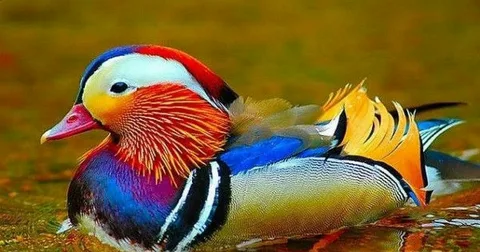
One of the most extraordinary aspects of water birds is their seasonal migration across North America. Every year, millions of birds travel thousands of miles between breeding and wintering grounds. Species like the Snow Goose and American White Pelican undertake long journeys, guided by instinct and celestial navigation. During winter, southern regions such as Texas and the Gulf Coast host large flocks seeking warmer climates and abundant food. In contrast, northern territories like Alaska serve as breeding zones during summer. Migration routes, known as flyways, are crucial for their survival, offering rest and feeding stations along the way. Protecting these migratory paths is essential for maintaining stable populations, as habitat loss and climate change continue to affect their patterns and survival rates.
Conservation and Importance to Ecosystems
Water birds play a vital role in maintaining ecological balance across American wetlands. Their feeding behaviors help control insect populations, disperse plant seeds, and contribute to nutrient cycling within aquatic environments. Unfortunately, urban expansion, pollution, and habitat destruction pose significant threats to their existence. Conservation programs in the United States, such as the National Wildlife Refuge System, focus on protecting nesting areas and preserving water quality. Organizations and volunteers work tirelessly to monitor populations and raise awareness about the need for sustainable wetland management. The preservation of these birds ensures not only their survival but also the health of entire ecosystems that depend on their presence. Safeguarding water birds today means protecting the natural heritage of future generations across the nation.
 Birds Drawing Birds Drawing
Birds Drawing Birds Drawing

